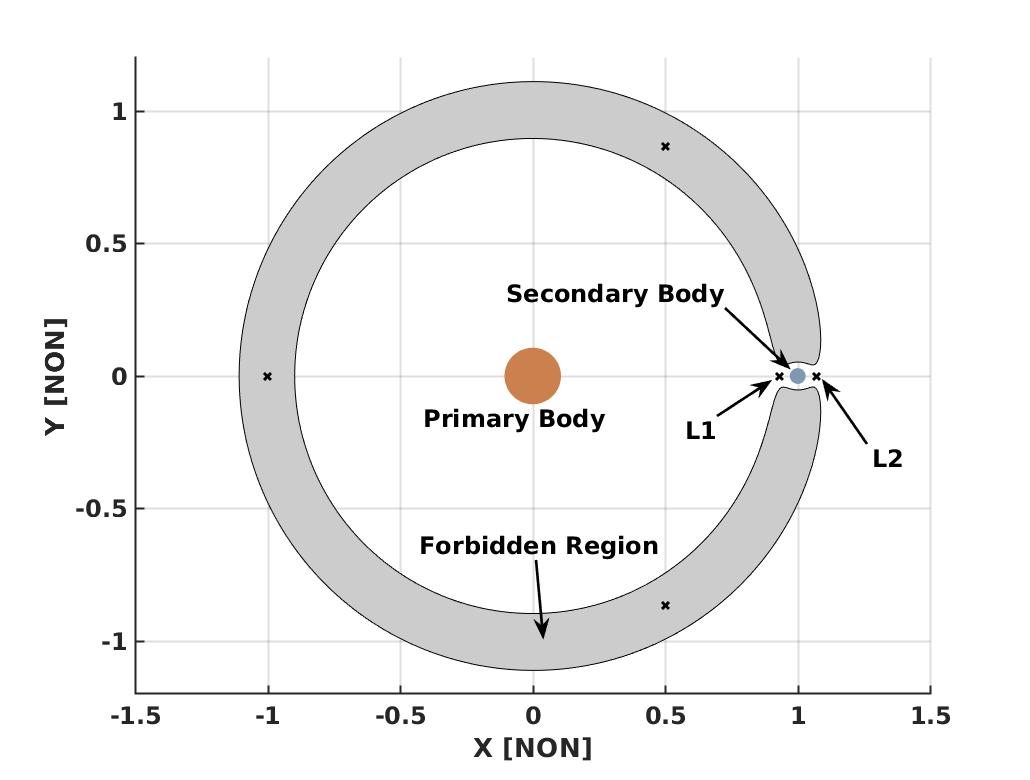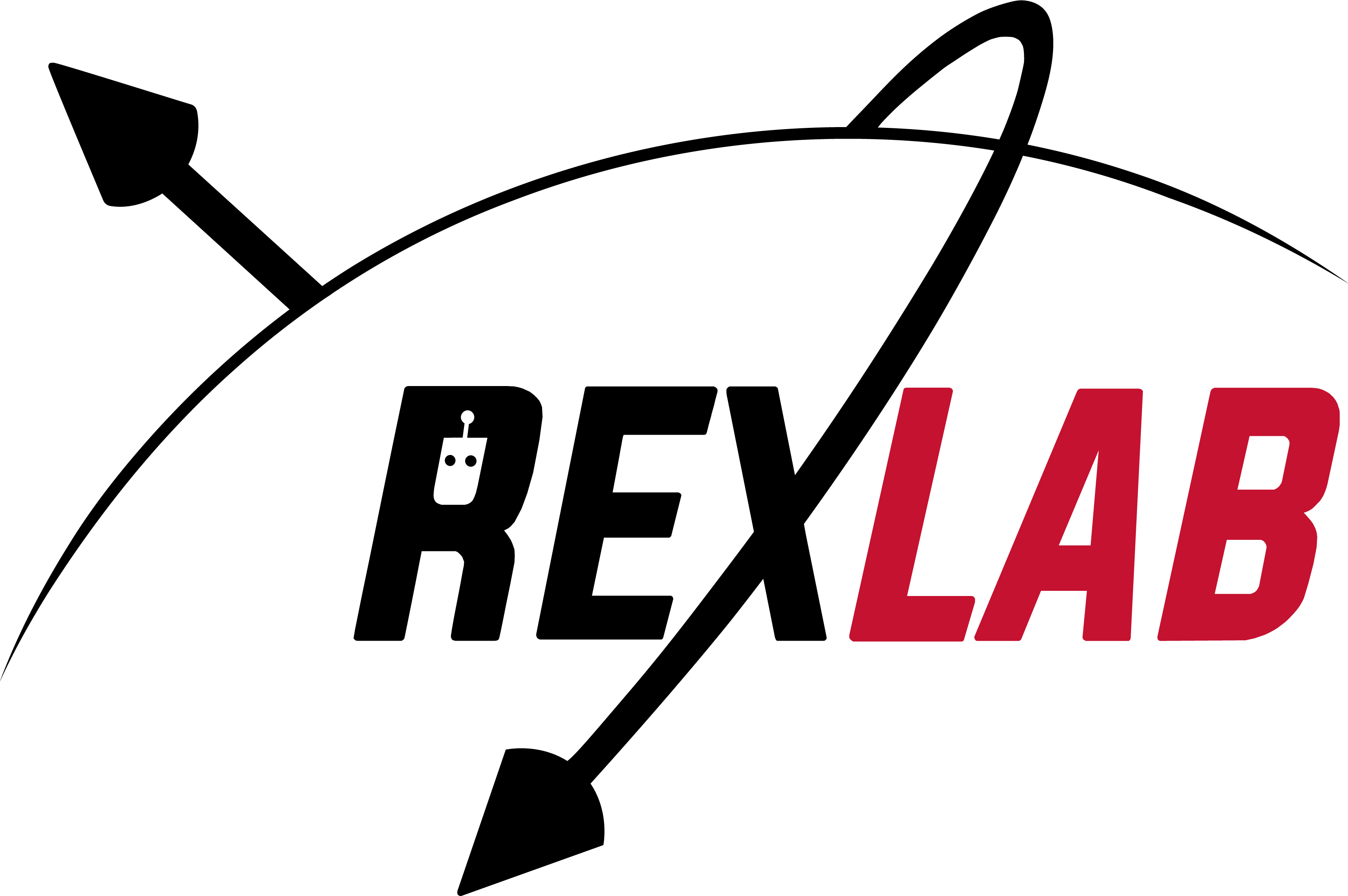
Trajectory Optimization in the Circular Restricted Three-Body Problem (CR3BP)
NASA has great interest in developing deep space missions to several of the moons of Jupiter and Saturn. Jupiter’s moon, Europa, where evidence points to the exis-tence of a vast subsurface ocean, is especially intriguing. The Europa Lander study aims to determine the feasibility of a robotic mission to this ocean world with the express goal to search for signs of life. Such missions to deep space have tight constraints on mass, and any savings in fuel can be used for scientific instrumenta-tion. Mission designers are focusing on low-thrust trajectories to reach the surface of Europa in a fuel-efficient manner. These low-thrust trajectories are difficult to find without running large scale simulations over a space of initial conditions, but once a good guess trajectory is found, optimization methods can be leveraged to find entire families of similar orbits. The video below shows one potential trajectory passing through the L2 gateway into Europa’s sphere of influence.



